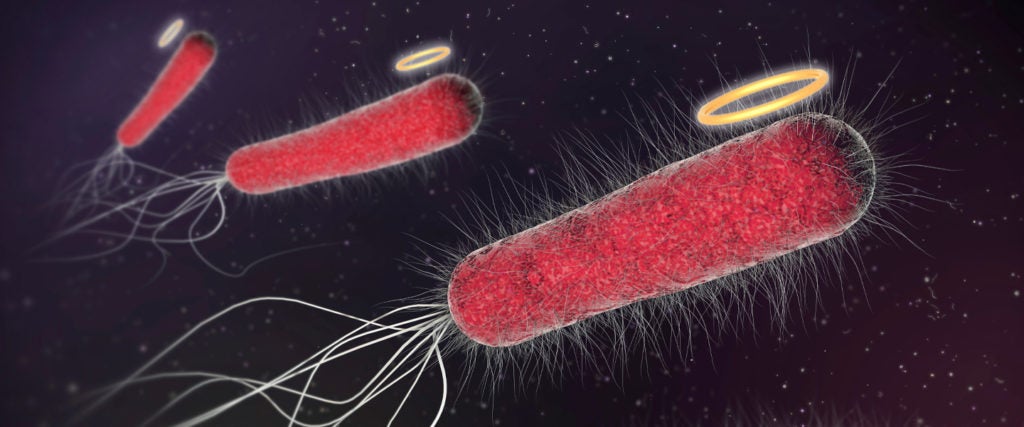Despite our current cultural axiom of avoiding germs and bacteria at all costs, there are still good germs and bad germs. Even some of the germs we think are “bad” have “good” colleagues. Such is the case with the perceived universal enemy, E. coli. News flash, buddy, but you’ve got E. coli in your tummy right now, and you’re gonna be just fine!
According to the CDC, Escherichia coli is actually a diverse strain of bacteria that regularly lives in our intestines. The majority of E. coli bacteria is harmless, even helpful in supporting the overall gut flora that aids in breaking down and digesting food. In some countries, a specific strain of E. coli is even prescribed as a probiotic to help treat intestinal inflammation.
However, there are six subcategories of E. coli that can cause illness. Most commonly, when people become sick from E. coli, they aren’t actually getting sick from the bacteria itself but from a toxin certain strains produce called Shiga. In Shiga-producing E. coli and other bad forms of the bacteria, the most common symptom is diarrhea. In fact, the CDC broadly refers to the six illness-causing subcategories of E. coli as “diarrheagenic E. coli.”
So how do we tell the difference between the good E. coli that chills in our bellies and helps us handle that McFlurry we “accidentally” ate last night and the cureless kind that literally kills you via diarrhea?
Well, we, uh, don’t really know until it’s too late.
“It’s difficult, though still possible, to screen meat for E. coli,” Alison Weiss, professor of microbiology at the University of Cincinnati, told Phys.org. “The best possible protection is to cook meat properly before consuming it. E. coli is also found in raw vegetables such as lettuce, and it can be difficult to detect and remove.” Recently, Weiss and her team of researchers found that the strain of E. coli prescribed to lend a hand in intestinal healing, called Nissle bacteria, can help protect intestinal tissue from bad E. coli if introduced prior to the pathogen.
Bad E. coli is one big reason why we’re supposed to cook certain foods like meat before we eat them, but when it comes to produce like romaine lettuce, we’re really just hoping for the best. The only effective way to figure out if bad E. coli is present is to wait for people to start getting sick.
But that’s really unfair to good E. coli, isn’t it? In particular, it seems unfair that we give E. coli such a bad reputation when E. coli itself might provide protection against E. coli. It is both our friend and our enemy. If only we could tell the difference.

